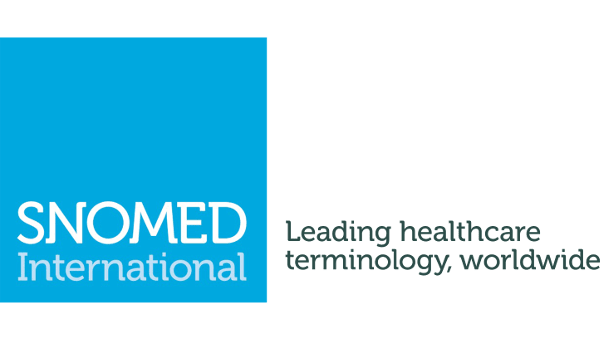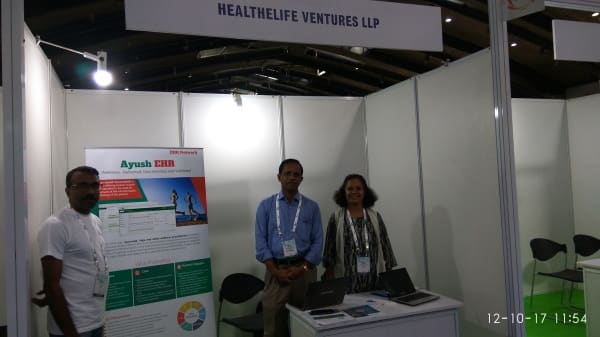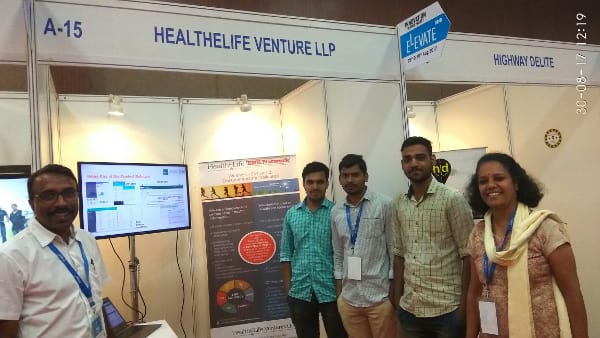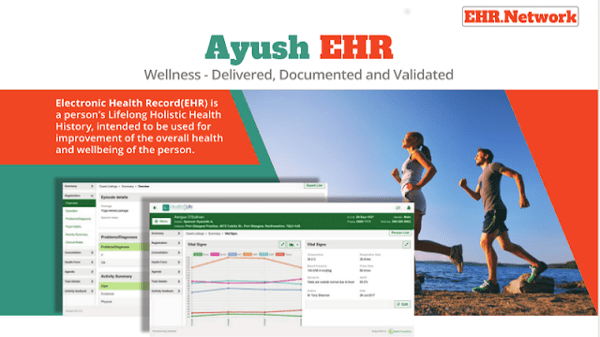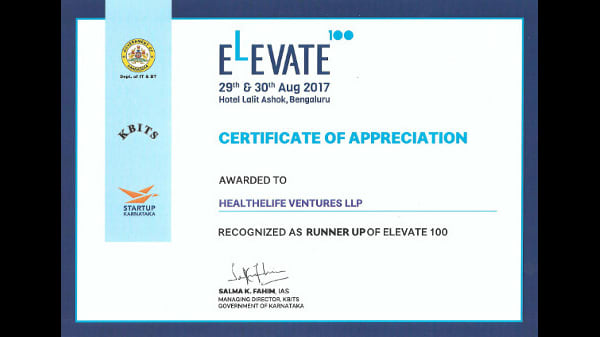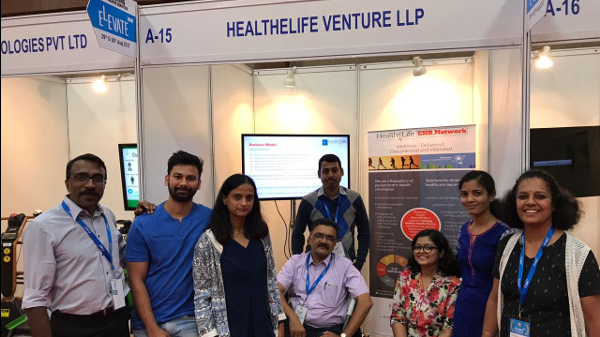Globally, there are over 500,000 practitioners of Ayurveda, Yoga & Naturopathy. This statistics makes it one of the most prevalent systems of medicine and in India, its significance is something phenomenal. Despite its prominence, a more digitized and streamlined way patients’ data is stored, managed and retrieved is still missing. On the contrary, western medicine have integrated chests of patient information systems that is available to clinicians and doctors, allowing them to virtually know an individual’s medical record. However, Ayurveda still awaits a call for integrated technologies and solutions. On this article, we will delve into why Ayurveda, Yoga & Naturopathy needs to adopt information technology to bring about significant changes.
The 3 most widely used tools in healthcare and their advantages are as below
Hospital Information System(HIS)
One of the major advantages of integrating HIS with Ayurveda, Yoga & Naturopathy healthcare practices is that it paves way for seamless everyday operation. It allows clinicians to set reminders, tasks and alerts for patients and enable better engagement with them. For instance, sending out appointment reminders a day prior to the actual date, send follow-ups through emails or phone calls, reminders to schedule appointment for patients’ next visit, and more.
Besides, it also fosters a better supply-chain ecosystem, where your inventory of supplements are better monitored and maintained. HIS solutions are designed to keep track of your item dispenses and intimate you the expiring and low-on-stock items. These are the two major aspects when it comes to managing a clinic and those that require a lot of paperwork and efforts. HIS can give you real-time information on reports such as aging reports, summaries of supplies dispensed, reports on your services, trends, customer account statements and more.
Digitizing them and bringing all of them to one single portal makes operations interoperable. It also betters your engagement with patients by allowing you to send newsletters, information on any upcoming events, research or promotions, birthday emails and more.
Electronics Health Records (EHR)
EHR is a digital repository of patients’ health record. When you integrate a solution for your Ayurveda, Yoga & Naturopathy healthcare practices, you create an environment for improved practice performances and measurement of key metrics. The analytics modules allow you to find meaningful insights on patients’ record and give you real-time information on the progress of treatment, trends in key diagnostic parameters, overall disease trends across patients and also decision support tools.
Customer Portal
Having a patient portal is inevitable today. It not just ensures a better healthcare practice but also allows you to formulate better treatment agendas and plans. Since this is centralized, any clinician or a practitioner of Ayurveda, Yoga & Naturopathy can retrieve a patient’s health record and plan out medications and treatments. With the massive chunks of information on the patient in hand, the clinicians would also be able to make better and informed decisions and see trends through the solution’s analytics portal.
When information technology is rightly incorporated, you will experience better management of data and operations and find aspects for improvement in administration, patient engagement and healthcare practices. The technology is efficient, cost-effective and is inevitable today that will go on to become revolutionary tomorrow. With the renewed focus once again on Ayurveda, Yoga & Naturopathy as mainline healthcare practices, it is important that the proponents leverage technology to ride this wave and take their crafts far and wide.
AyushEHR is a standards compliant EHR with integrated customer portal. To get a personalized advantages list of how an EHR and customer portal can work wonders for your organization, speak or get in touch with us.



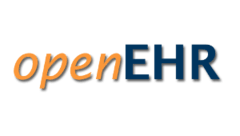
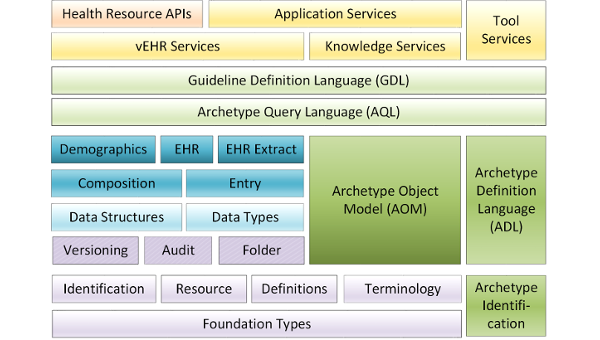 OpenEHR is a virtual community of technology and clinical domain professionals working on developing specifications for ensuring Universal Inter-operability of all electronic health data. It’s approach is multi-level, single source modelling within a service-oriented software architecture, in which dynamic models built by domain experts(Archetypes & Templates) and stable information model built by technologists exist at different levels within the application. Using OpenEHR specifications, it is now possible to build an EHR repository independently of content specifications enabling a new generation of EHR systems that routinely adapts to new requirements.
OpenEHR is a virtual community of technology and clinical domain professionals working on developing specifications for ensuring Universal Inter-operability of all electronic health data. It’s approach is multi-level, single source modelling within a service-oriented software architecture, in which dynamic models built by domain experts(Archetypes & Templates) and stable information model built by technologists exist at different levels within the application. Using OpenEHR specifications, it is now possible to build an EHR repository independently of content specifications enabling a new generation of EHR systems that routinely adapts to new requirements.